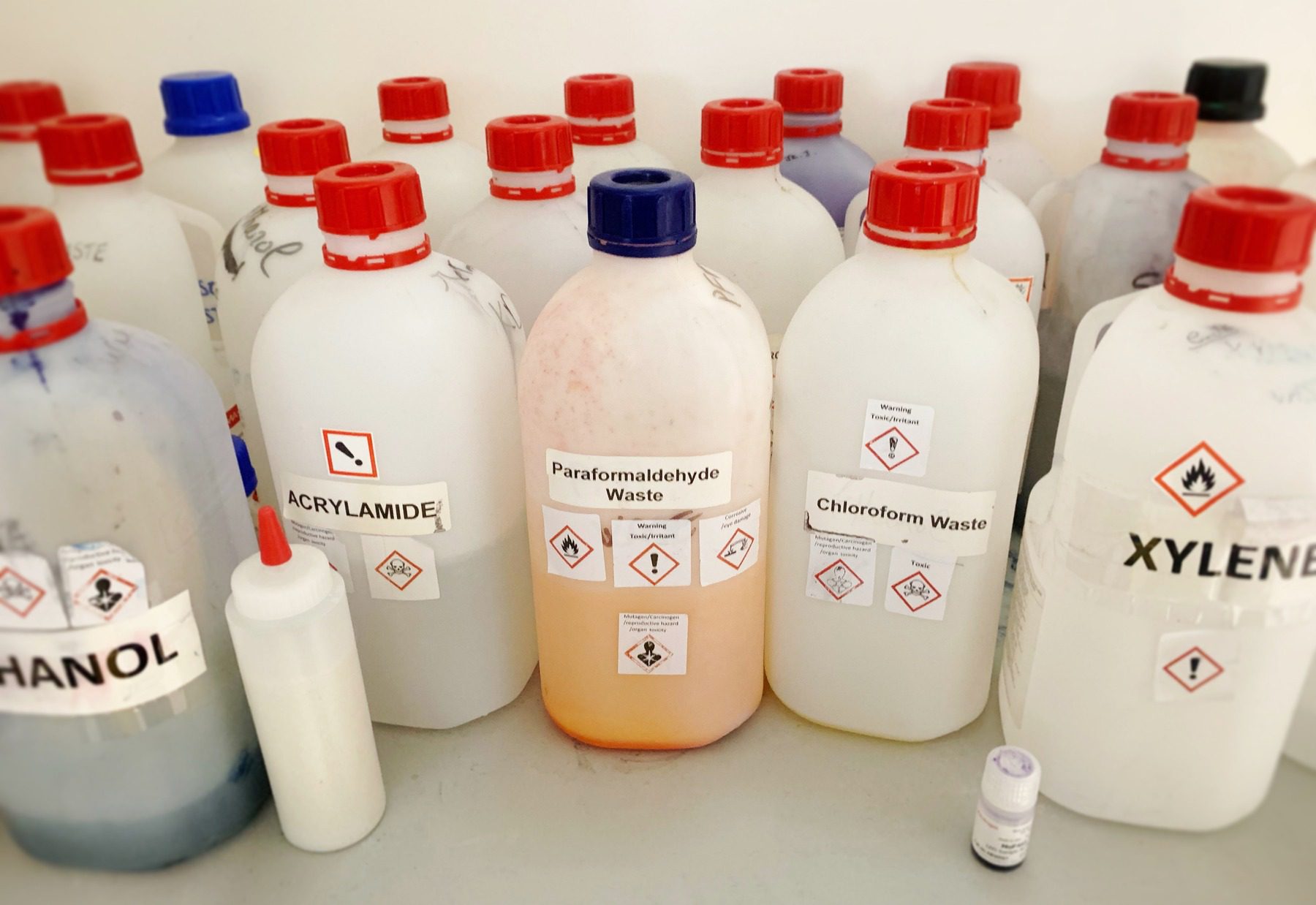
What are PFAs (Forever Chemicals)?
Per- and polyfluoroalkyl substances (PFAs), known as "forever chemicals," are man-made and have been used in various industries since the 1940s. Renowned for their water- and grease-resistant properties, they are prevalent in many consumer products. PFAs' strong resistance to organic breakdown makes them a preferred choice in industrial and manufacturing sectors. However, their extensive use in numerous products has raised concerns about their impact on human health.
PFAs Impact on the Environment
PFAs, due to their persistent nature, have a significant impact on the environment. These chemicals are not easily broken down, leading to their accumulation in soil, water, and living organisms. PFAs contamination in water sources is particularly concerning, as it affects both drinking water and aquatic ecosystems. Wildlife exposed to PFAs can experience various health issues, including reproductive and developmental problems.
Additionally, the widespread use of PFAs in industrial and consumer products means these substances are continually released into the environment, perpetuating their presence and potential harm. The long-term environmental impact of PFAs underscores the urgent need for effective regulations and remediation strategies.
Why the Public Should Be Educated on PFAs
Educating the public about PFAs is crucial for several reasons:
- Health Awareness: Understanding the potential health risks associated with PFAs exposure, such as cancer, thyroid disease, and developmental issues, can empower individuals to take preventive measures and make informed choices about the products they use.
- Environmental Responsibility: Public knowledge about the environmental impact of PFAs can foster more responsible consumer behaviors and support for eco-friendly alternatives, reducing the overall environmental footprint.
- Advocacy for Regulation: An informed public can advocate for stricter regulations and policies to control the use of PFAs and ensure safer alternatives are developed and used in industrial processes and consumer products.
- Community Action: Education can lead to community actions, such as local initiatives to clean up contaminated sites, improved water treatment practices, and support for research into remediation technologies.
- Consumer Pressure: Awareness can drive consumer pressure on companies to phase out PFAs and adopt safer chemicals, leading to market-driven changes towards healthier and more sustainable products.
By educating the public, we can promote healthier lifestyles, protect the environment, and drive policy changes that mitigate the adverse effects of PFAs.
How to Educate the Community on PFAs
Educating the community on PFAs can be effectively achieved through a combination of various methods that engage and inform people. Here are some strategies:
Brochures and Flyers
Distribute brochures and flyers at community centers, libraries, schools, and healthcare facilities. These materials should provide concise information about what PFAs are, their sources, health risks, and ways to minimize exposure. Visuals, infographics, and real-life examples can make the information more relatable and easier to understand.
Mailers and Postcards
Send informative mailers or postcards directly to residents. These can include key facts about PFAs, tips for reducing exposure, and contact information for local resources or organizations working on PFAs-related issues. A short, compelling message can prompt recipients to learn more and take action.
Signage
Place informative signs in high-traffic areas such as parks, bus stops, grocery stores, and community boards. Signage can highlight key points about PFAs, their impact, and simple steps residents can take to protect themselves. QR codes can be included to direct people to websites with more detailed information.
Workshops and Seminars
Organize community workshops and seminars featuring experts on PFAs. These events can provide in-depth information and allow residents to ask questions and discuss concerns. Offering virtual options can increase accessibility for those unable to attend in person.
Social Media Campaigns
Utilize social media platforms to reach a wider audience. Regular posts, informative videos, live Q&A sessions, and infographics can spread awareness about PFAs. Partnering with local influencers or community leaders can amplify the message.
School Programs
Implement educational programs in schools to teach students about PFAs and their effects. Engaging activities, such as science projects or interactive presentations, can help students understand the issue and share the knowledge with their families.
Local Media
Collaborate with local newspapers, radio stations, and TV channels to run stories, interviews, and public service announcements about PFAs. Media coverage can reach a broad audience and emphasize the importance of the issue.
Community Partnerships
Work with local organizations, businesses, and healthcare providers to distribute information and resources. Collaborating with trusted community partners can enhance credibility and reach.
Public Forums and Town Halls
Host public forums and town hall meetings to discuss PFAs. These events can provide a platform for community members to voice their concerns, share experiences, and learn from experts and policymakers.
Online Resources
Create a dedicated website or webpage with comprehensive information about PFAs, including FAQs, resources for further reading, and links to relevant organizations. Ensure the content is accessible and regularly updated.
By using a combination of these methods, communities can be effectively educated about PFAs, leading to greater awareness, informed decision-making, and collective action to address the issue.
Take Action Today with Goldstreet Designs
Goldstreet Designs is the industry leader in public utility marketing, reporting, and educational needs. With diverse capabilities and resources, Goldstreet helps utility providers and local governments connect with their communities.
With the subject of PFAs needing more attention and educational learning opportunities, pre-designed and custom materials are necessary to help protect individuals and families. Check out our library of PFA resources or contact us about your specific PFA needs.
